
Long-Term Threats

Long-Term Threats Objectives
-
Provide characteristics of bacteria and viruses that can cause infectious disease epidemics.
-
Describe tuberculosis, including the form of transmission, degree of infection without symptoms, possible damage to lungs, and global occurrence.
-
Explain what antibiotic resistance is and how this resistance and biofilms are assisting the TB bacteria.
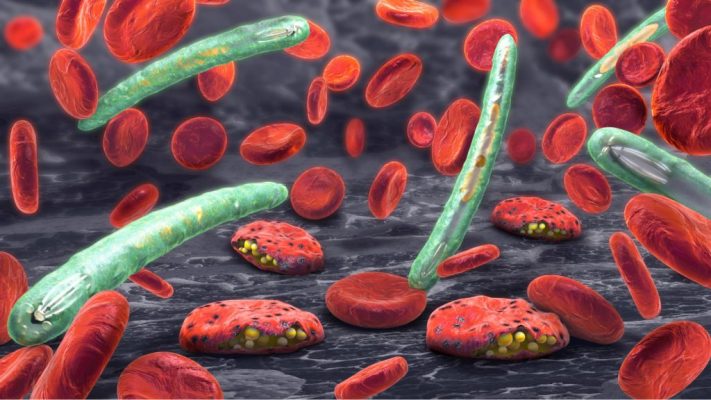
Some diseases like malaria, influenza, and tuberculosis have been causing deaths for centuries and have still not been conquered. Epidemics are infectious disease occurrences that impact large numbers of people, sometimes for extended periods of time.
Although we usually are talking about bacteria and viruses when we consider epidemics, this video is a visual reminder of the impact of parasitic worms on humans.
Before discussing the long-term threat of tuberculosis, this video provides a review of viruses and bacteria that cause infectious disease epidemics.
Bacterial shapes are a way of classifying species that cause human diseases.
Somehow, even before COVID-19, we were not hearing about an epidemic growing out of control. The single most deadly pathogen to humans causes tuberculosis. This video tells the story.

Tuberculosis is caused by bacteria (Mycobacterium tuberculosis) and kills approximately 1.5 million people each year, making it the single most deadly pathogen in our species. SARS-CoV-2 may surpass Mycobacterium tuberculosis in 2020, but as of May 29 2020, Tuberculosis has still killed more people than COVID-19 so far this year.
Two bad characteristics of this disease (from a public health point-of-view) is that it is easy to transmit and it is possible to carry the disease in the respiratory system and not know you have it. This increases the risk you could inadvertently spread it to other people.
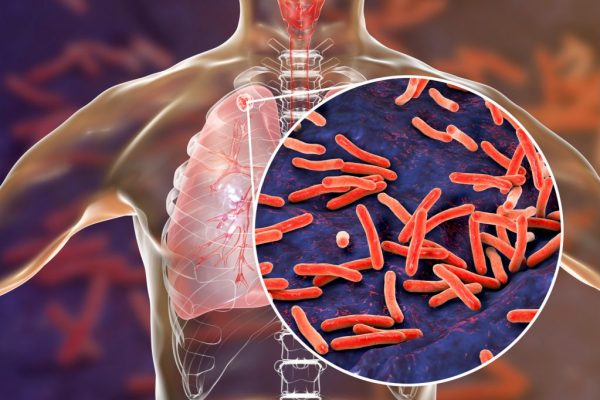
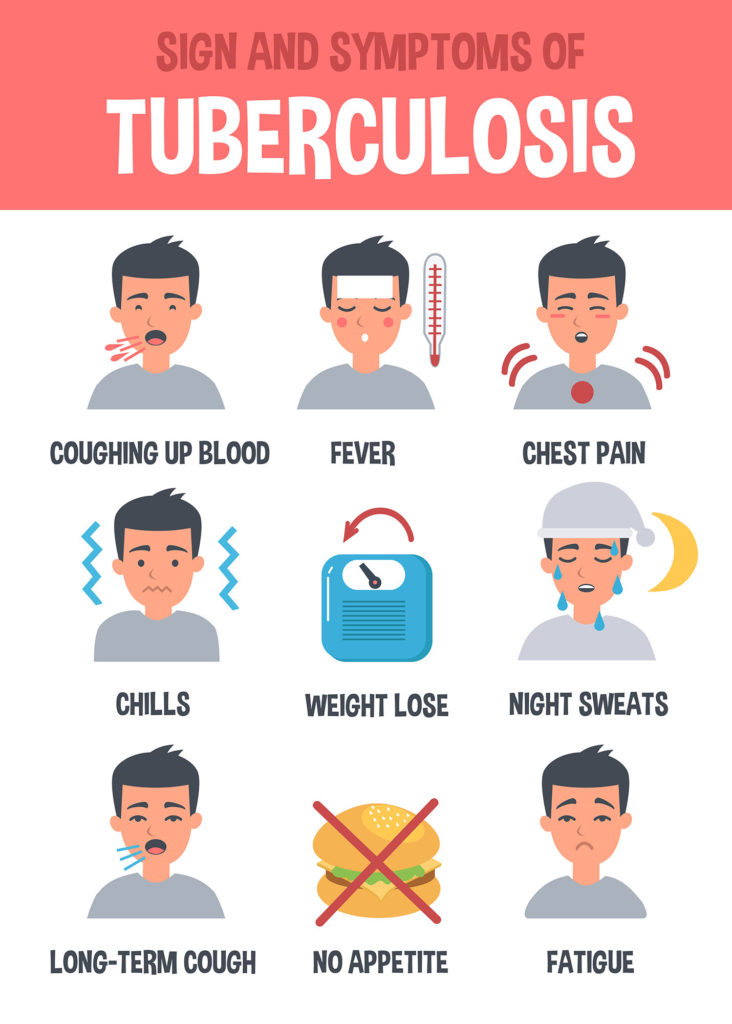
If someone does have symptoms, they may not realize it is related to a TB infection. These symptoms could be associated with several viral diseases.
The Mycobacteria have the potential to damage lung tissue, to the point where excessive connective scar tissue (collagen) appears on an x-ray, appearing like fungal hyphae.
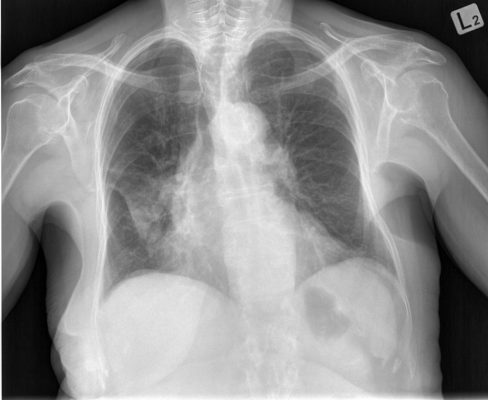
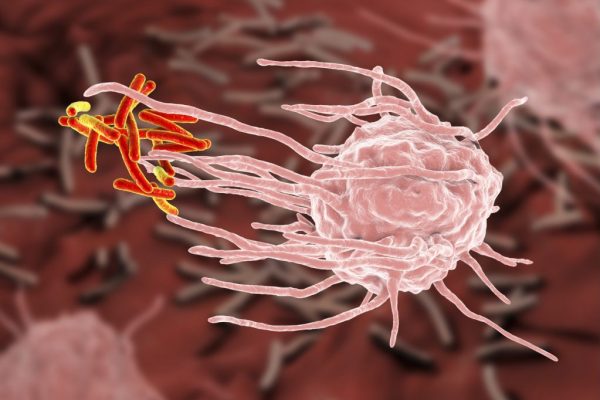
White blood cells, including macrophages fight the bacteria, but damage can be extensive.
Macrophages can themselves be enclosed in circular structures called granulomas that are large enough to be seen on a chest x-ray. Many of the cells die, a process called necrosis.
Even though most people do not have symptoms, there are so many people infected (approximately 20% of humans), the overall number of deaths is high.
Screening for an active infection varies by country, even by regions within a country.

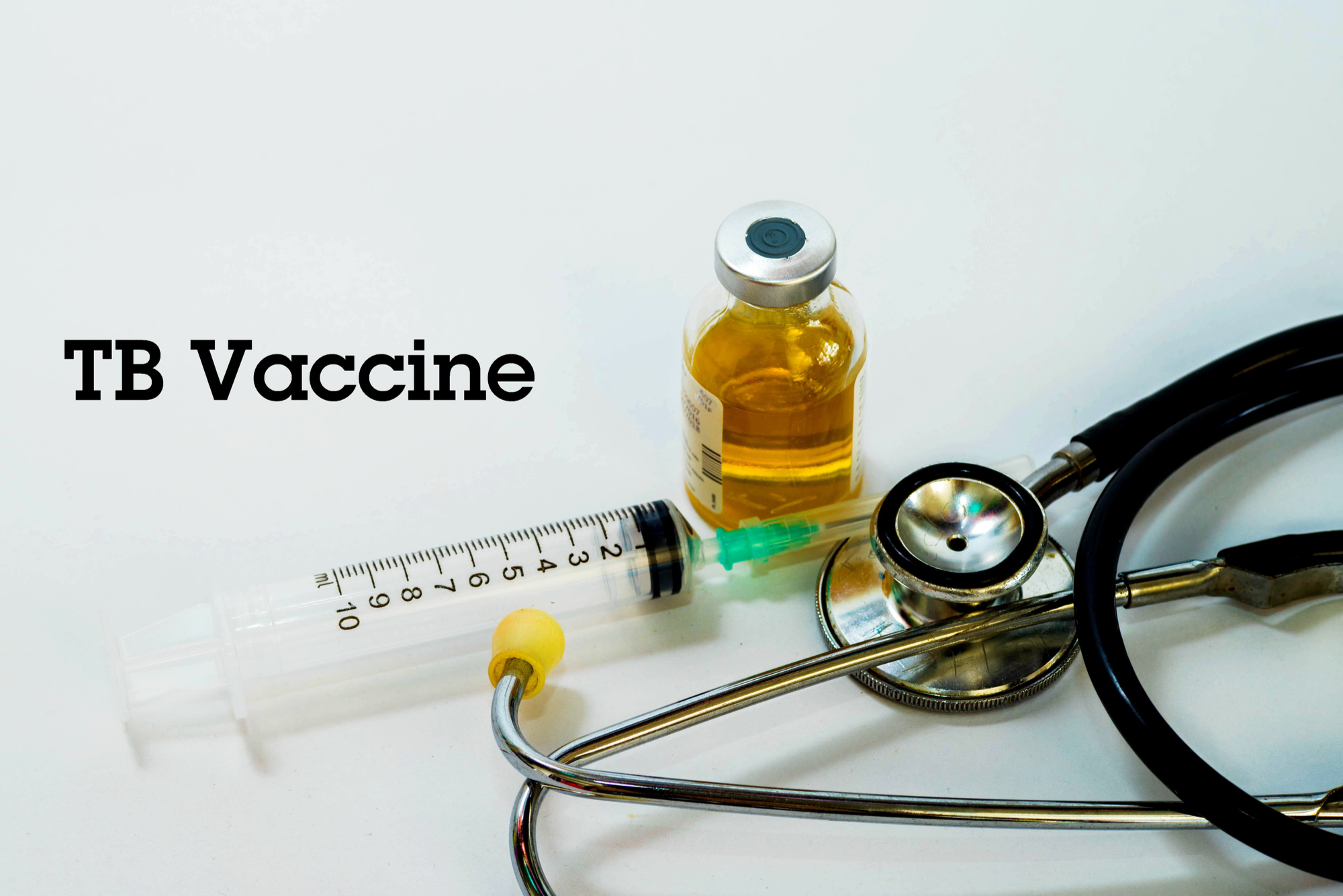
There is a TB vaccine, but its effectiveness is too low to battle this public health epidemic. A new, more effective vaccine is needed.
The next section provides a context for recently emerged diseases.

Check your knowledge. Can you:
-
provide characteristics of bacteria and viruses that can cause infectious disease epidemics?
-
describe tuberculosis, including the form of transmission, degree of infection without symptoms, possible damage to lungs, and global occurrence?
-
explain what antibiotic resistance is and how this resistance and biofilms are assisting the TB bacteria?





